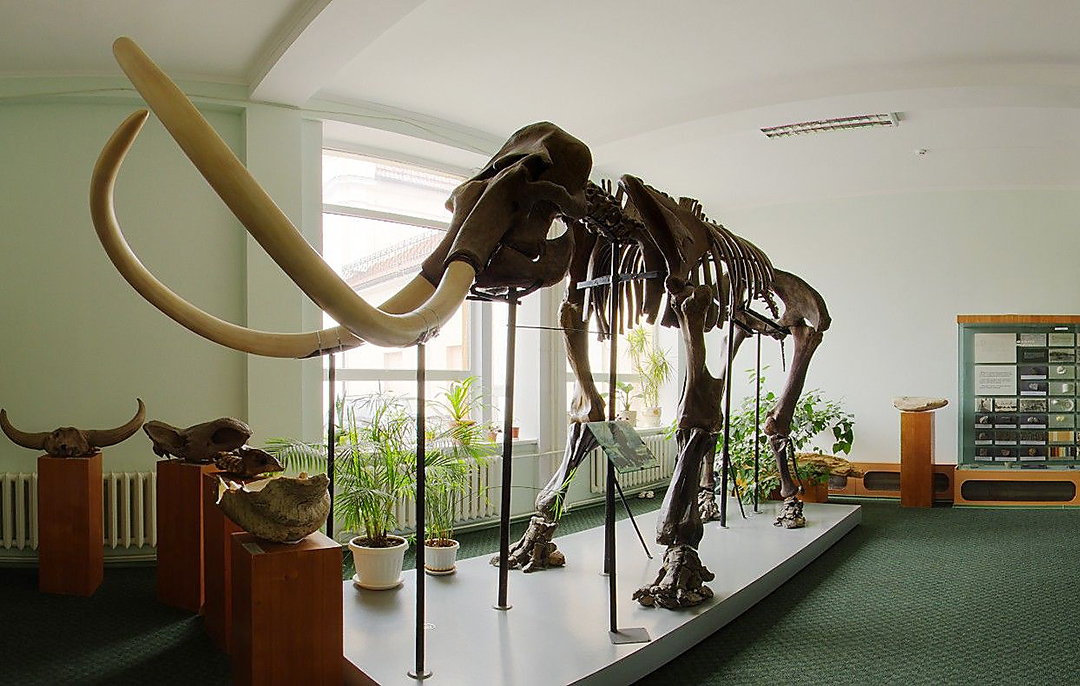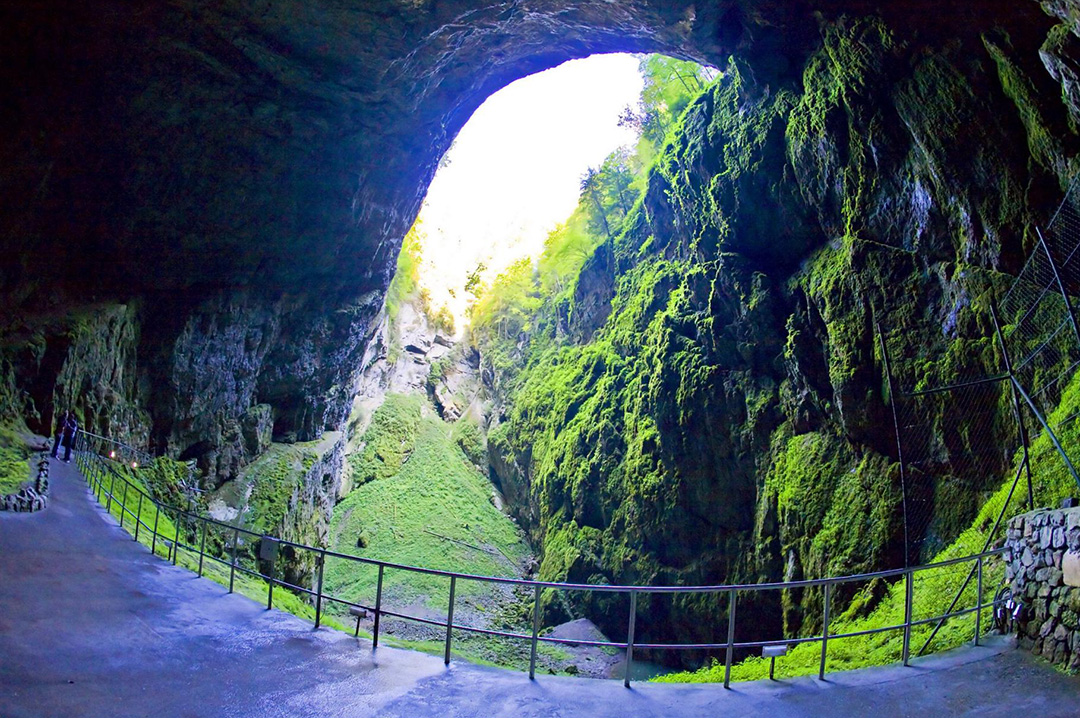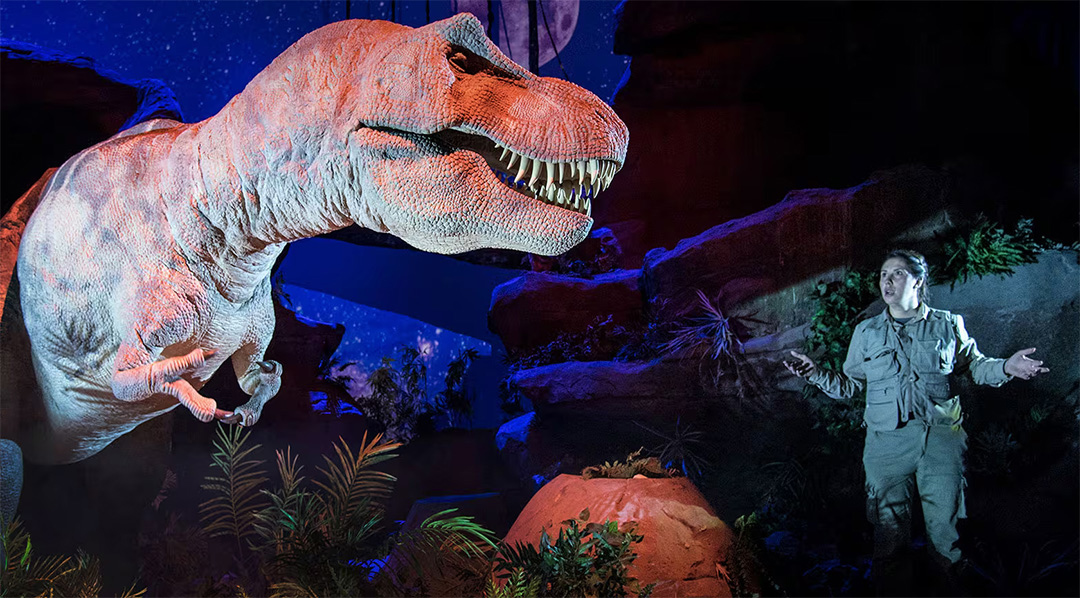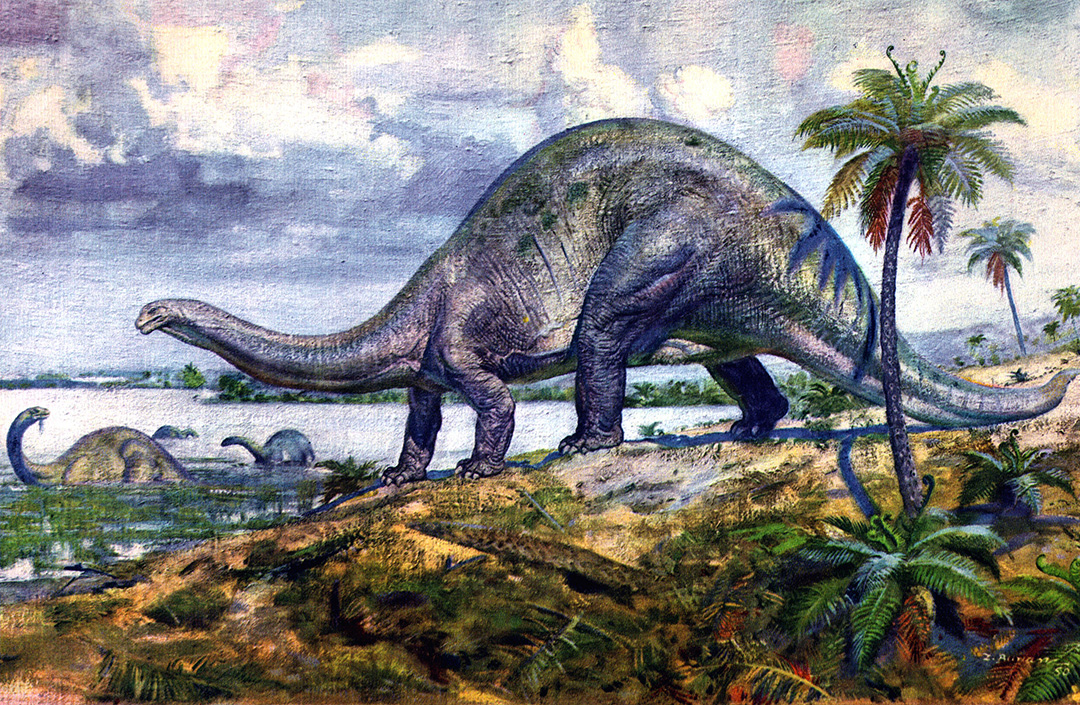The abnormal heatwave has finally left Europe, and it is time to think about a holiday. If the idea of spending your vacation on a beach, among tourists and souvenirs, bores you, why not look for something more original? After all, you can plan a holiday or trip not only in space but also in time. How about a walk along the paths of giant prehistoric reptiles that inhabited the Earth millions of years ago?
Palaeontological tourism is a whole area that combines not only memorable rest in interesting locations but also an educational aspect, allowing fossil hunters to explore the past of our world.
If you head across the ocean to America, palaeotourism enthusiasts will find an entire industry at their service, with its own museums, tours to famous excavation sites (ranging from day trips to week-long excursions), and dinosaur-themed amusement parks. Colorado, Montana, Wyoming, and palaeontological camps in the Grand Canyon – in the USA, there are hundreds of locations for an exciting journey into the past, and if you’re lucky, you might even make a scientific discovery by unearthing the bones of an unknown dinosaur from prehistoric layers of earth.

An ammonite at the fossil graveyard at Lyme Regis in Dorset. (Photo by: Loop Images/Mark Bauer/Universal Images Group via Getty Images)
One of the most popular and discovery-rich locations in the Old World is situated on the coast of England in Dorset, known as the Jurassic Coast or Ammonite Beach. Almost every year, Dorset and neighbouring counties (Somerset) appear in global news with sensational discoveries. For example, in 2023, local amateur palaeontologist Steve Etches, while digging in the debris of another landslide, discovered the fossilised remains of a giant marine predator, a pliosaur, in prehistoric rocks. This discovery was featured in an entire episode of a David Attenborough programme. And already in 2024, on the coast of the neighbouring county, Etches’ record was surpassed by a new sea monster – an ichthyosaur, whose skeleton and skull were found by fossil hunter Paul de la Salle and his wife Carol.
Despite being protected by UNESCO, the prehistoric beaches of Charmouth and Lyme Regis are full of tourists. Local wardens allow them to dig in the landslides and take almost all the prehistoric treasures they find, mainly ammonites, the fossilised shells of ancient molluscs.
In prehistoric times, the waves of the Sarmatian Sea splashed across several regions of modern Ukraine, and unique species of prehistoric animals and dinosaurs lived there. Although now, due to the full-scale war initiated by Russians under the leadership of Vladimir Putin, Ukrainian lands need deminers more than palaeontologists and tourists, post-war Ukraine will gladly welcome all those interested in ancient fossils.

For example, the closest relative of mammoths, the Southern Elephant, lived in large numbers along the Azov coast in today’s Zaporizhzhia and Mykolaiv regions. Residents of surrounding villages even used the bones of these giants to build fences, and one of the fully preserved skeletons was found by archaeologists near the Russian-occupied Berdyansk. Another prehistoric proboscidean giant, the deinotherium, roamed the surroundings of modern Mariupol (destroyed by the Russians during the 2022 assault). In the aforementioned Sarmatian Sea, which covered the entire Zaporizhzhia region, baleen whales called cetotheres swam.
The remains of a woolly rhinoceros were found in the territory of Melitopol, and in the Russian-annexed Crimea, besides ubiquitous ammonites, scientists found the remains of a hipparion, or three-toed horse, aged 7 million years. Giant sharks, megalodons, and cephalopods lived in the waters of the ancient sea in Dnipro and the Dnipropetrovsk region, and when the waters receded, mammoths, cave bears, and mastodons replaced the marine predators. One of the unique exhibits in an Odesa museum is the exoskeleton of a sea lily, estimated to be around 500 million years old.
In Cherkasy, the remains of predatory whales, basilosauruses, the longest mammals on Earth, are found, and in Kharkiv, in the sandstones near the city of Izium, the bones of a plesiosaur and a prehistoric large-antlered deer were discovered. In the late Palaeozoic era, the waters of the Palaeo-Tethys Ocean, which covered Ukraine, were inhabited by predatory reptiles and sea scorpions – the largest ancient arthropods in the world. Their remains are found in the Khmelnytskyi region. Researchers in Lviv region find the bones of cave hyenas, whose distant relatives now live only in Africa.

One of the most famous artists specialising in prehistoric themes, Czech artist Zdeněk Burian, was fascinated by primitive people and dinosaurs for a reason – the territory of modern-day Czechia is rich in caves, archaeological parks, and open-air museums dedicated to the deep past of the Earth. For example, the Všestary Archaeopark near Hradec Králové is an excellent starting point for a journey into prehistoric times. Caves with prehistoric drawings, flint mines, a megalithic tomb, archaeological finds – all this can be seen in the museum exhibit of the archaeopark. Outdoors, you’ll find prehistoric structures from different eras, production facilities, and a prehistoric burial ground with burial mounds.

The life and household of cave people can be studied in the four caves of the Moravian Karst, where the oldest rock paintings in Czechia are found, as well as exhibits telling about our ancient ancestors, the Neanderthals. The Pavlov Archaeopark not only vividly tells the story of mammoth hunters’ lives but also allows you to observe the work of archaeologists conducting excavations and even participate in this painstaking and long-term activity.

If you are planning trips with young children, the best way to spark an interest in palaeotourism is to visit European dinosaur parks. What could be more exciting than visiting a park where stories about dinosaurs become reality? What did these creatures look like? What did they eat? What did dinosaur eggs look like? Why and when did they become extinct? These and other questions will be answered at Dinópolis in Spain, located near the city of Teruel – the largest dinosaur-themed amusement park in Europe. Covering a vast area, it features a palaeontological museum, the “Zauroland” amusement park with Stone Age-style swings and carousels, several attractions that allow time travel, a 3D cinema, a 4D simulator, a Dinotienda rest area, and the “Palaeotrail” adventure route. Other equally interesting parks with animatronic dinosaur models and extensive educational and entertainment programmes include the forest Dinopark in Malbork (Poland), the Dinopark Funtana near the eponymous Croatian fishing village, and the Austrian Styrassic Park near Graz.
Source: The Gaze







